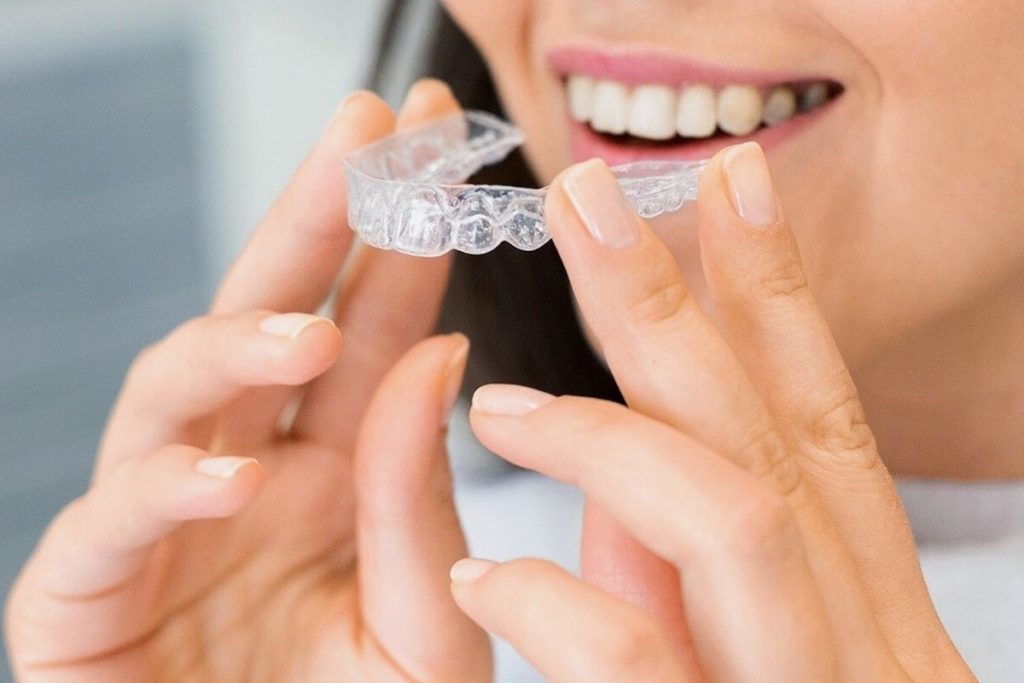If you are one of the millions of people who use Invisalign London, you know that it is important to make sure your aligners fit properly. Wearing improperly fitting aligners can lead to a number of problems, including pain, gum irritation and excessive plaque build-up. In this article, we will discuss what to do if your aligners are not fitting properly and how to correct the problem.
What to do if your aligners are not fitting
If your aligners are not fitting, it is important to consult with your dentist or orthodontist as soon as possible. It may be that the aligners are not the correct size for your teeth, or that they are not fitting properly. In either case, adjustments will need to be made in order to ensure that the aligners are effective in straightening your teeth.
The shape of aligners can also affect how well they fit. If the aligners are not fitting snugly against your teeth, they may be causing discomfort. In some cases, it may be necessary to get new aligners that are a different shape in order to ensure a proper fit.
Can you correct the problem at home?
If your aligners are not fitting, you may be able to correct the problem at home. Try adjusting the fit of the aligners by moving them around in your mouth. If that does not work, you may need to see your dentist to adjust the alignment. Modifying your aligners has to be done with great caution, as it can increase treatment time and cause other problems if not done correctly.
Why it is important to wear properly fitting aligners
It is important to wear properly fitting aligners that are snug, aligners work by putting pressure on your teeth in order to move them into the desired position. If your aligners are not fitting properly, they will not be able to apply the necessary pressure to your teeth and as a result, your treatment will be less effective. In addition, ill-fitting aligners can be uncomfortable to wear and can also cause gum irritation.

Trimming and filing the edges of aligners
If your aligners are not fitting well, you may need to trim and file the edges. Use sharp scissors to trim off any excess plastic, and make sure to smooth out the edges so that they are flush with the rest of the aligner. but take care not to trim too much, as this can reduce the strength of the aligner or alter its fundamental shape where it makes contact with your teeth.
When in doubt!
Orthodontic treatment involves some minor discomfort but If your aligners are uncomfortable, they are not fitting properly and you should feel the need to put up with it. This can be due to a number of reasons, such as the alignment not being correct due to a scanning error or the aligners being used out of order. You may need to see your dentist/provider adjust the fit of your aligners.
